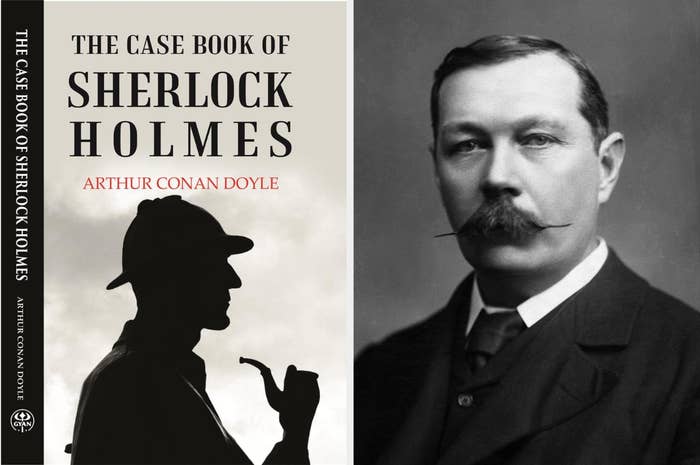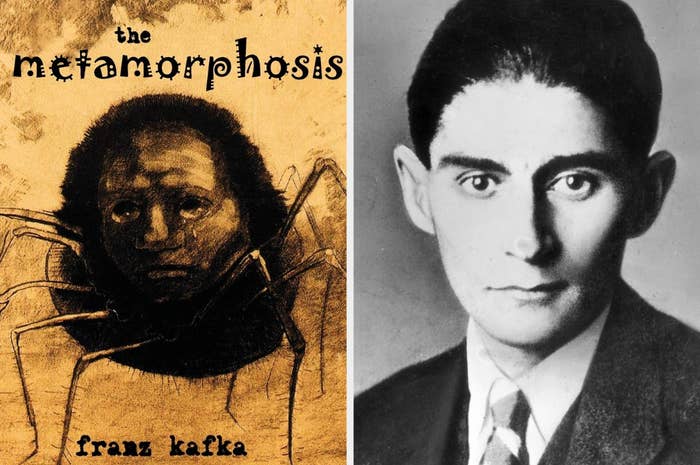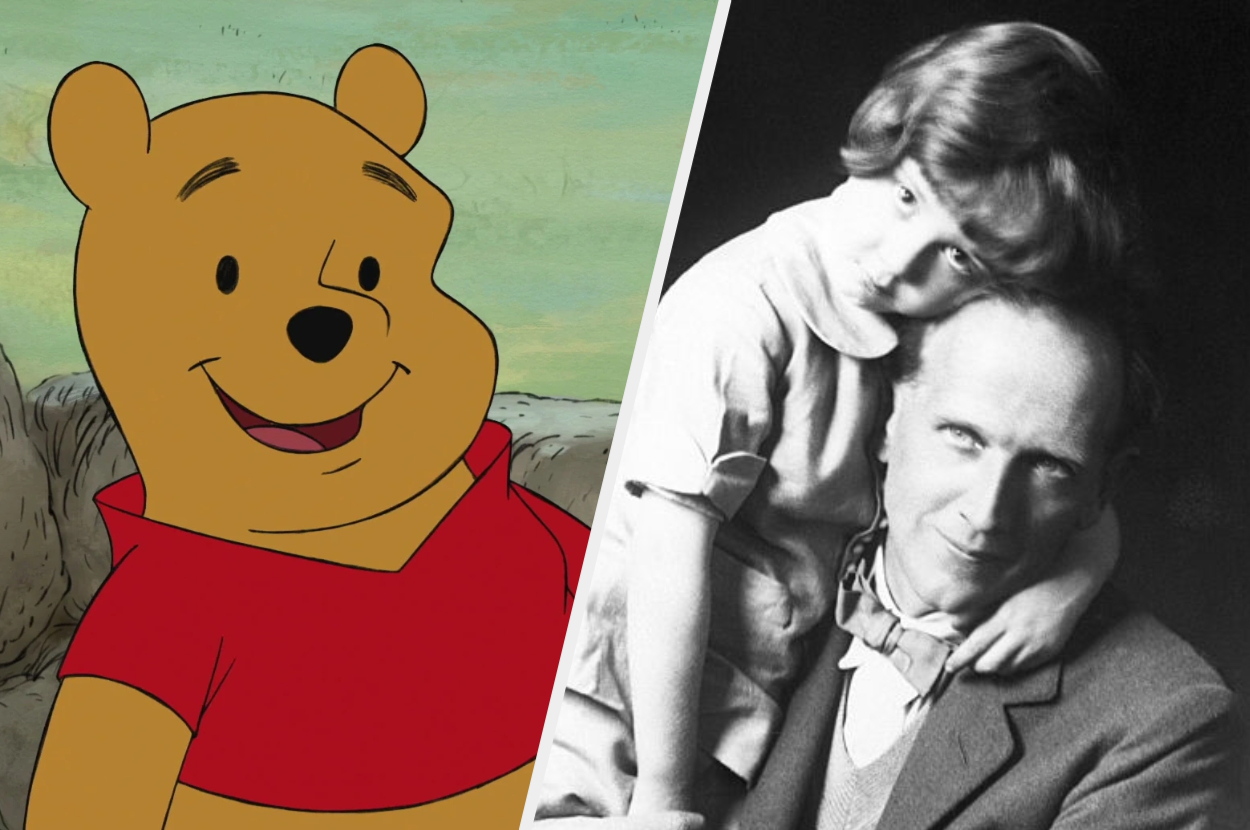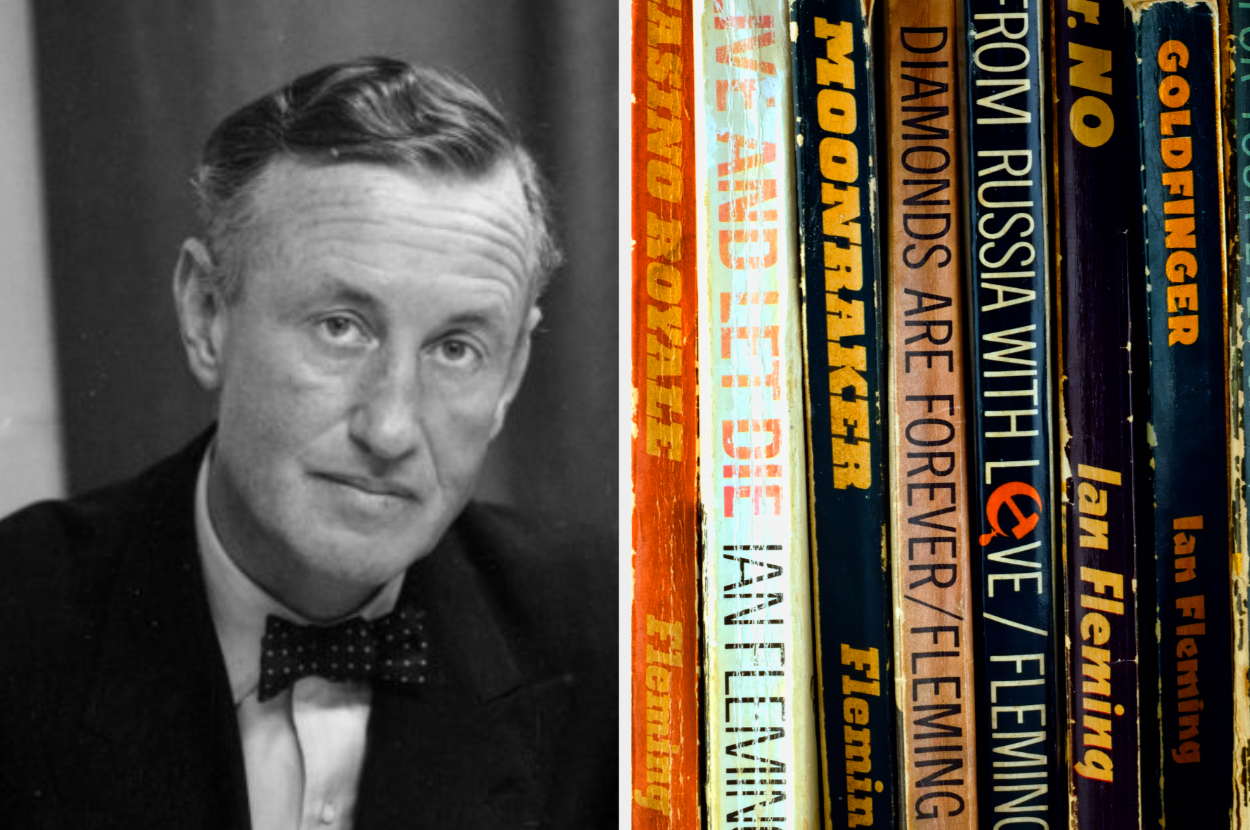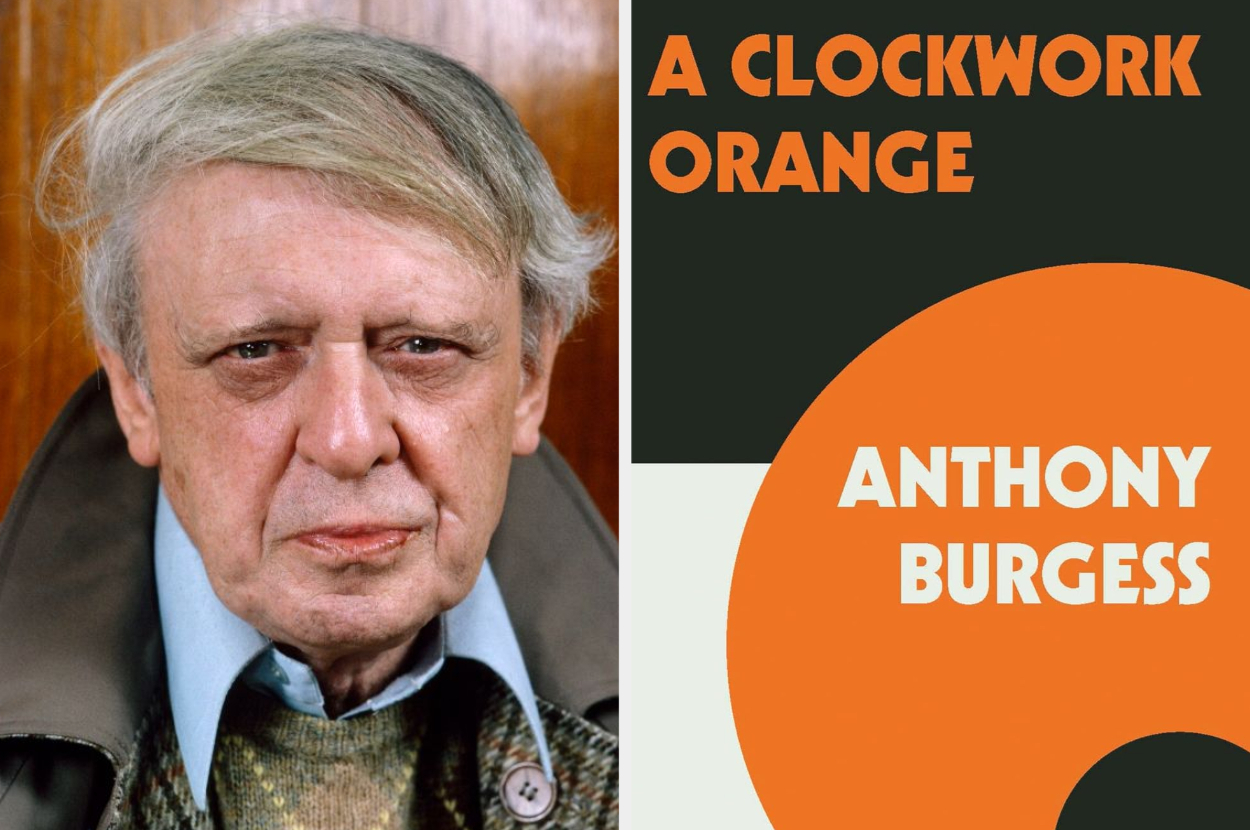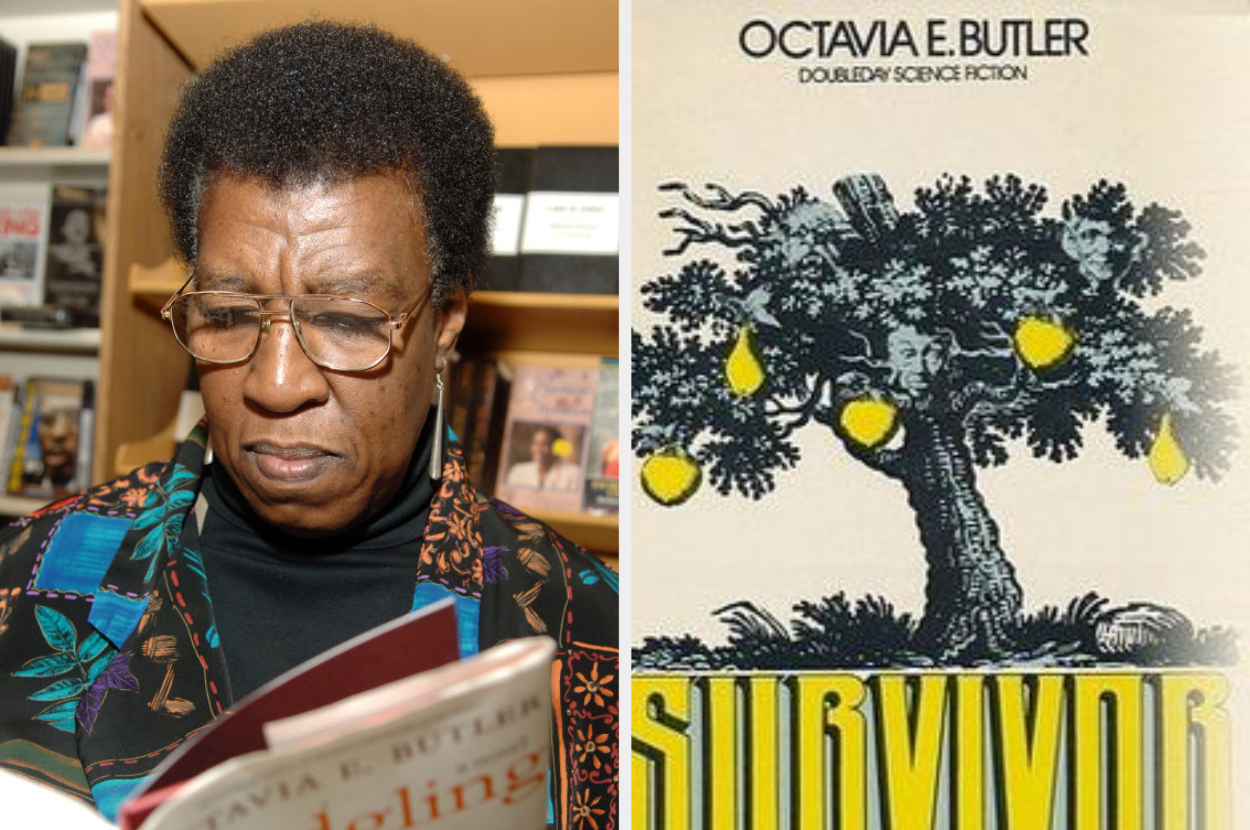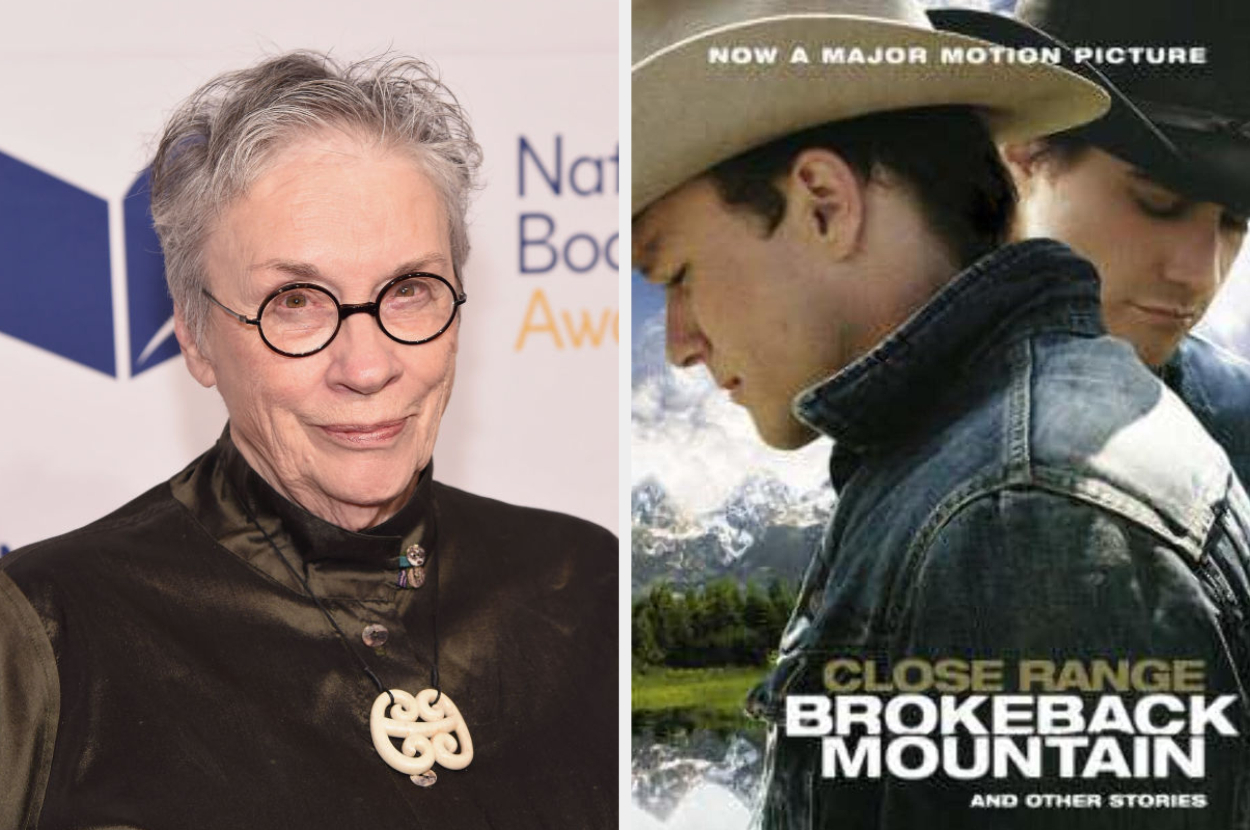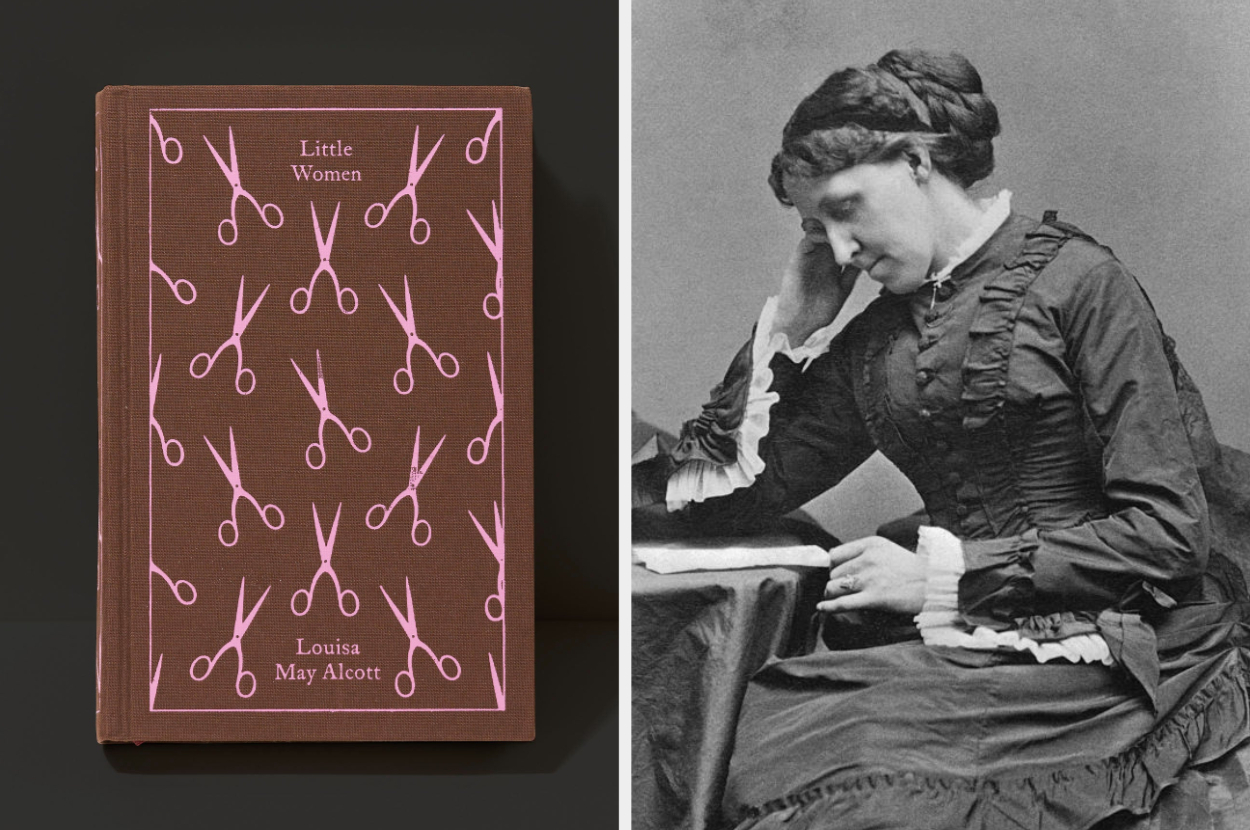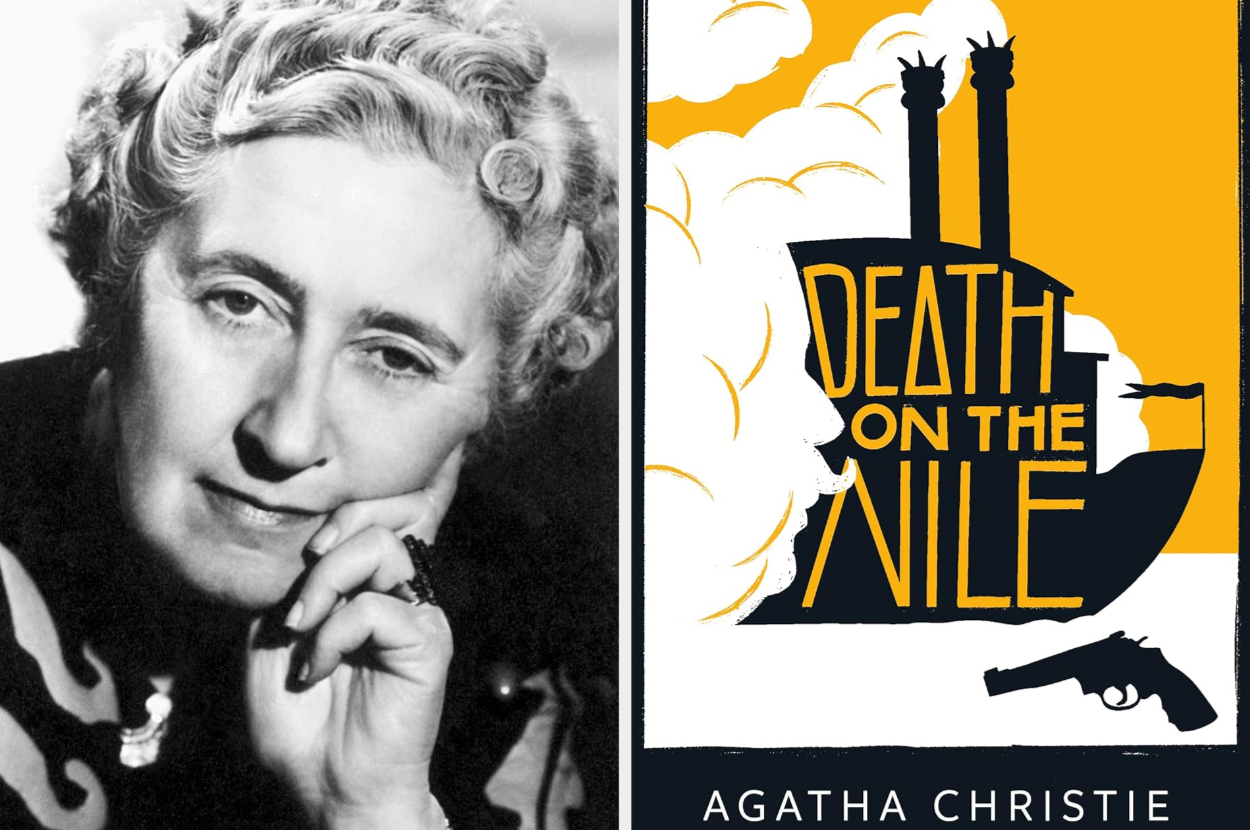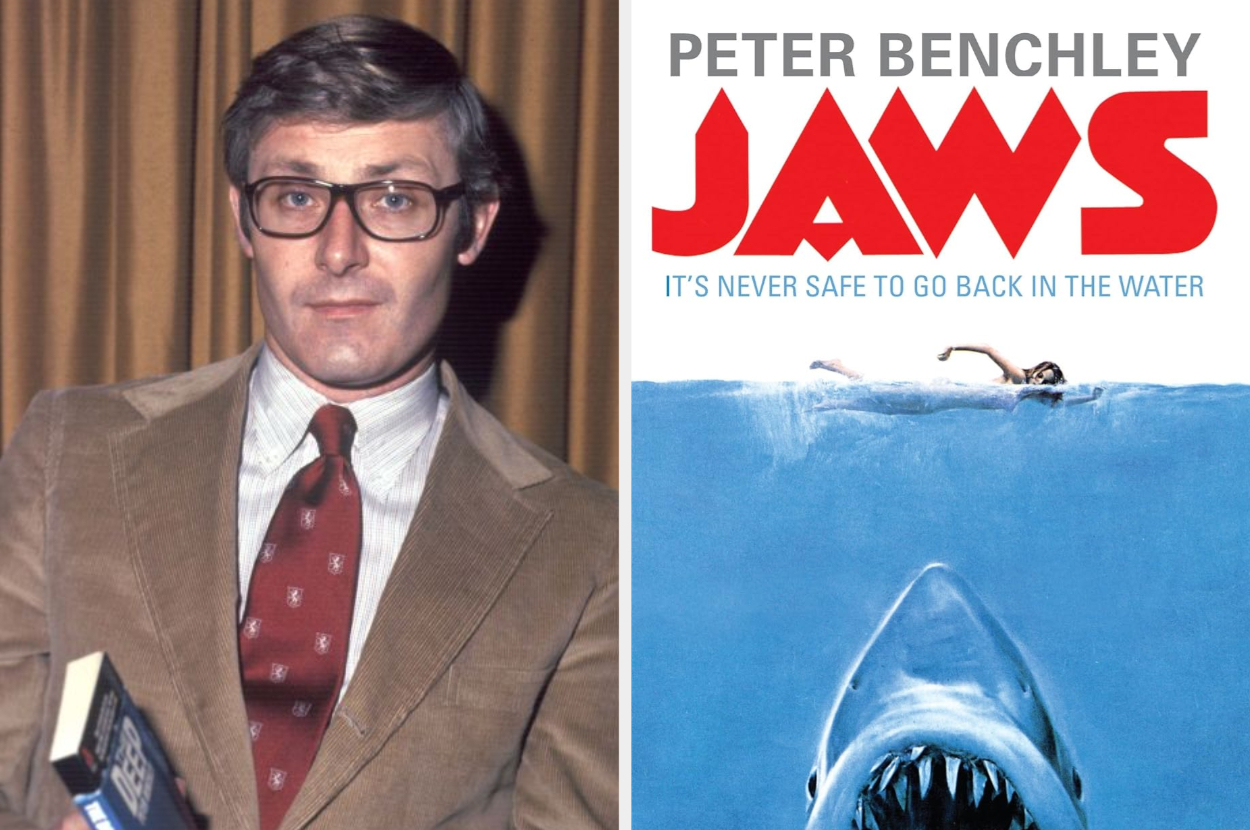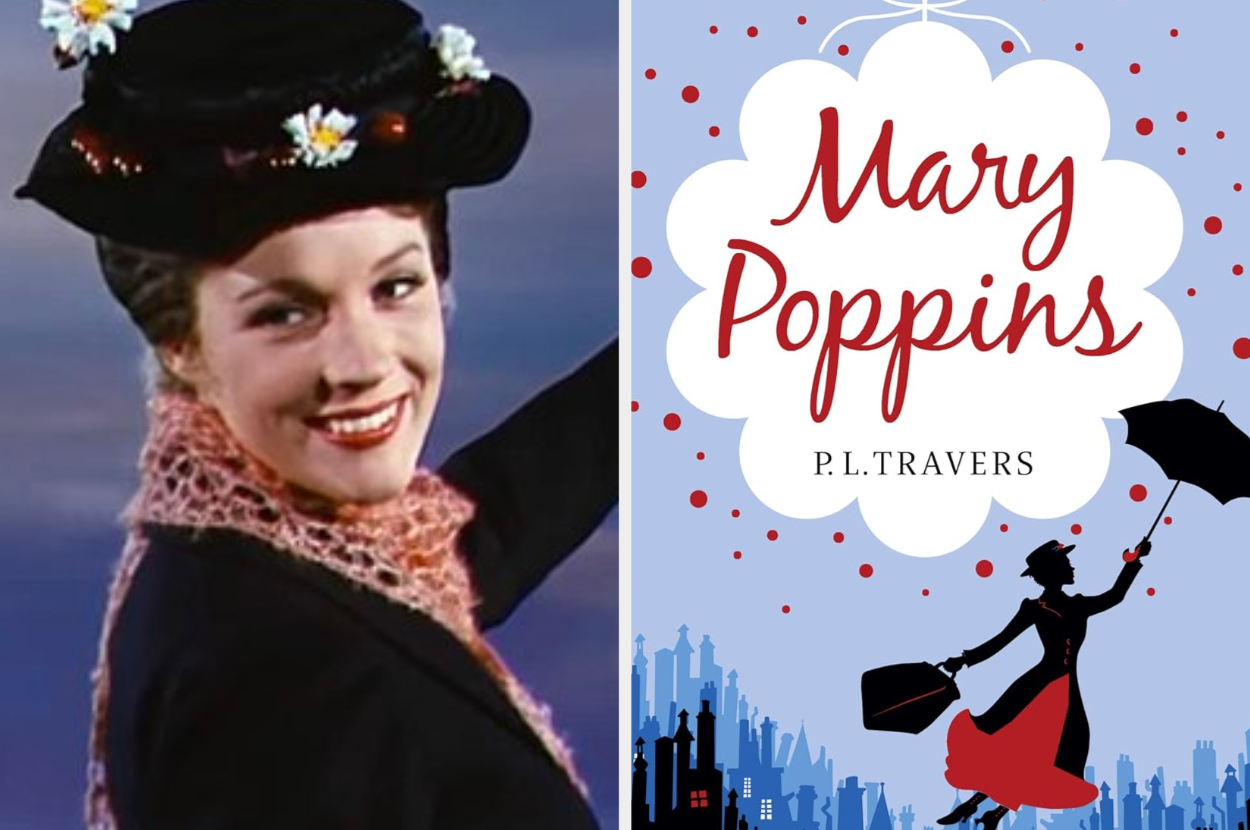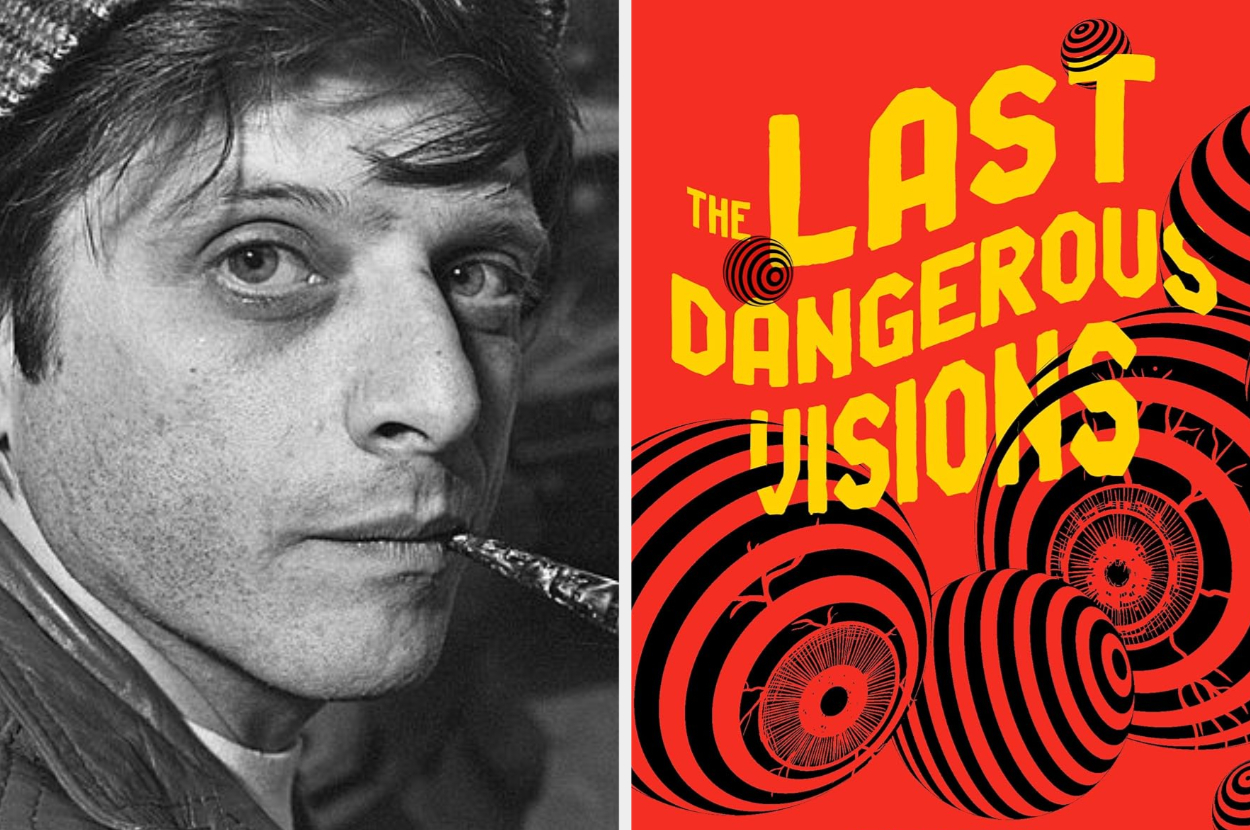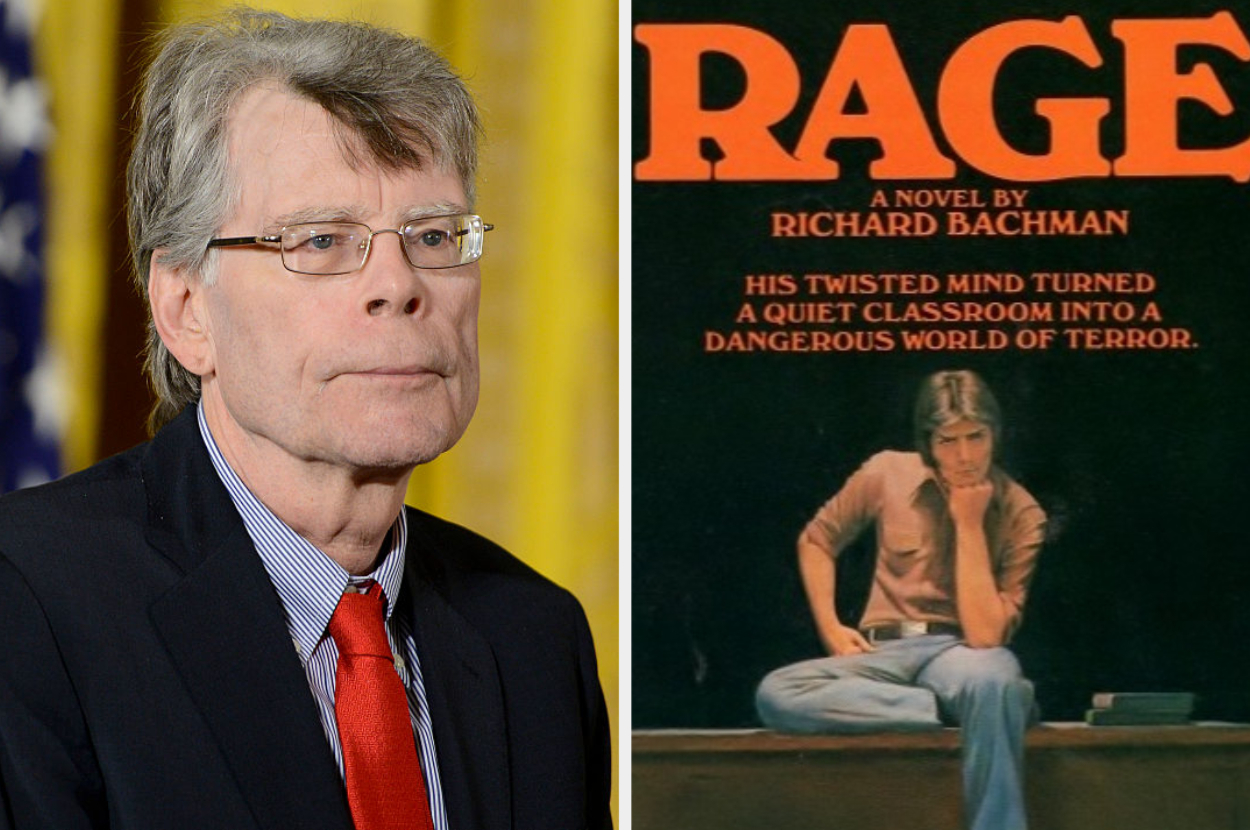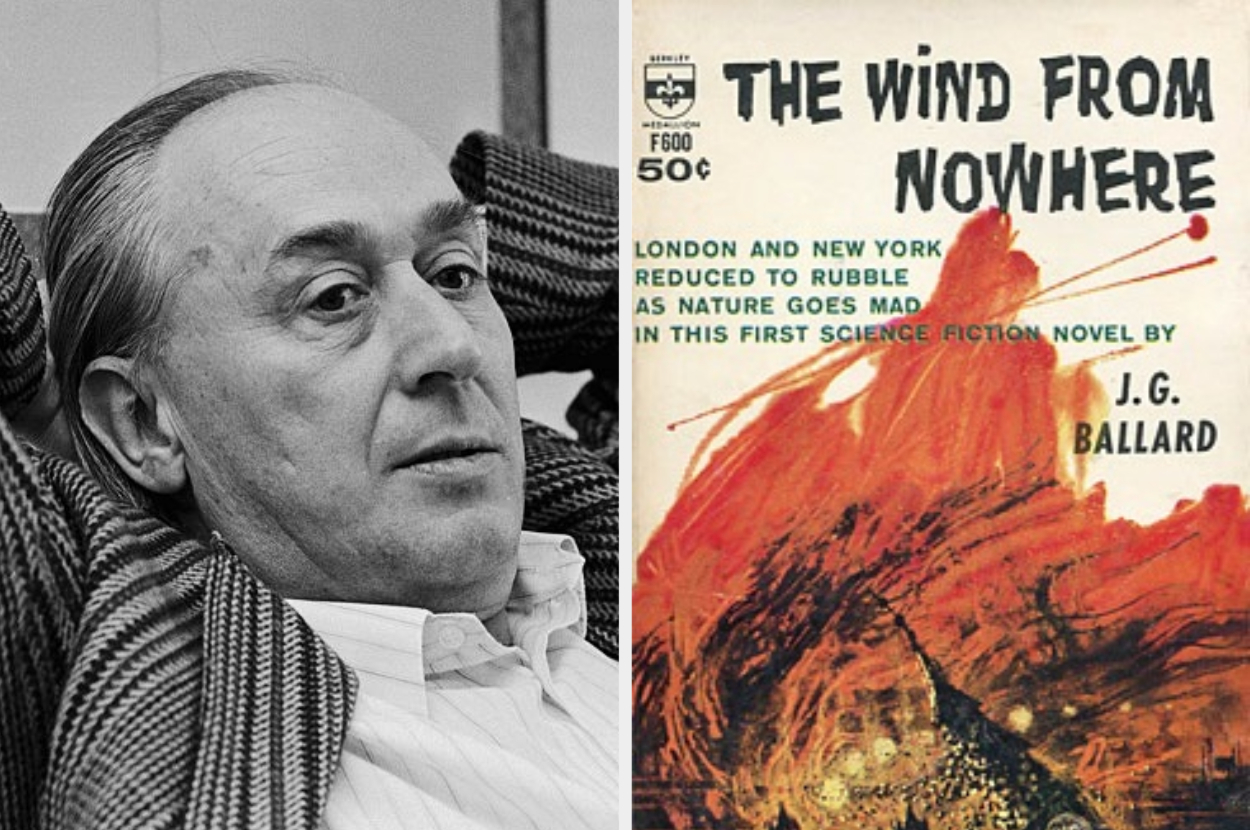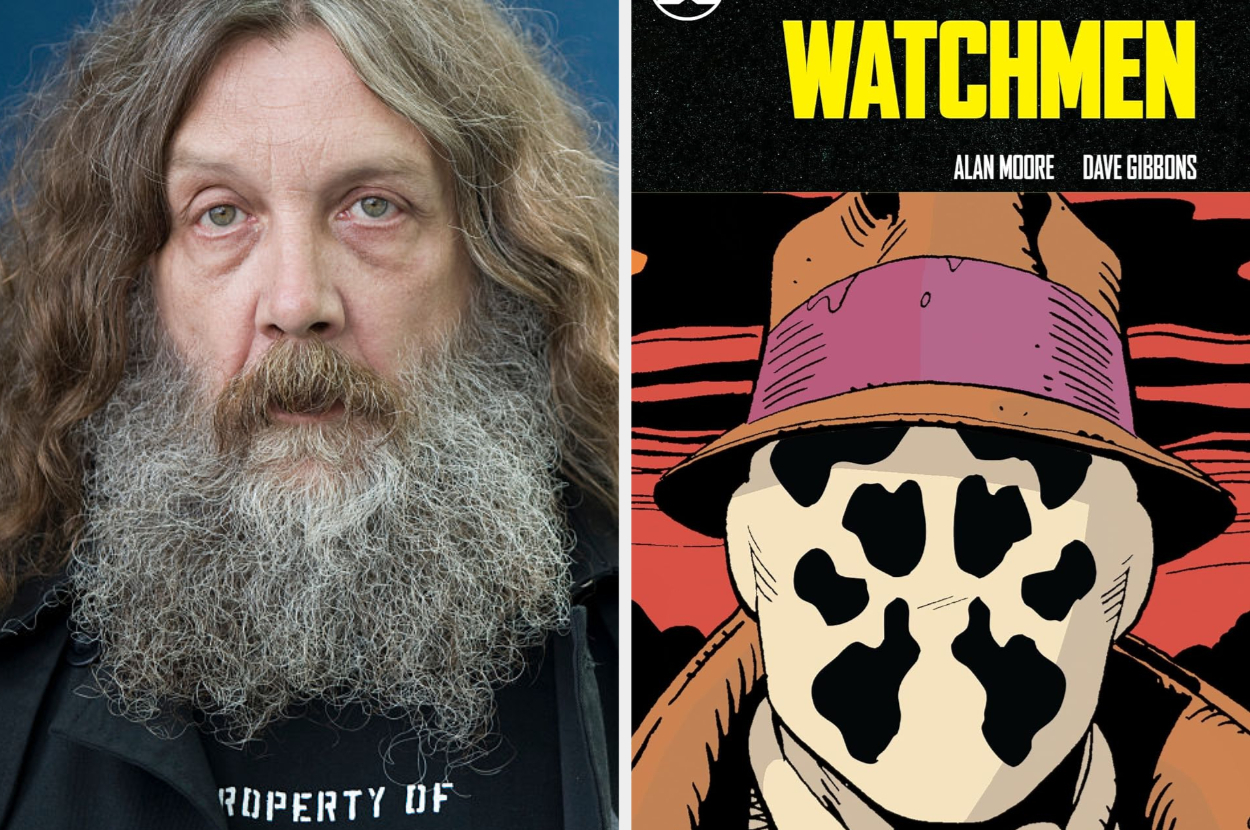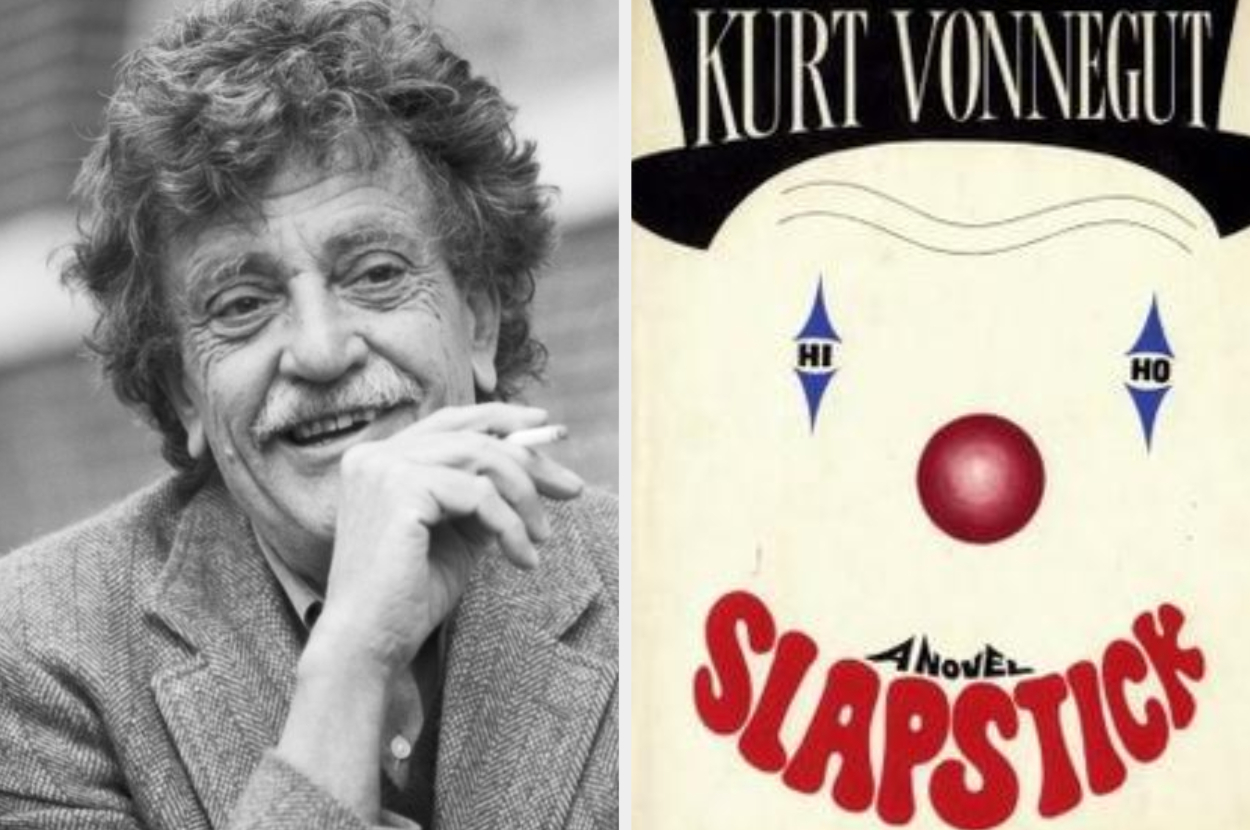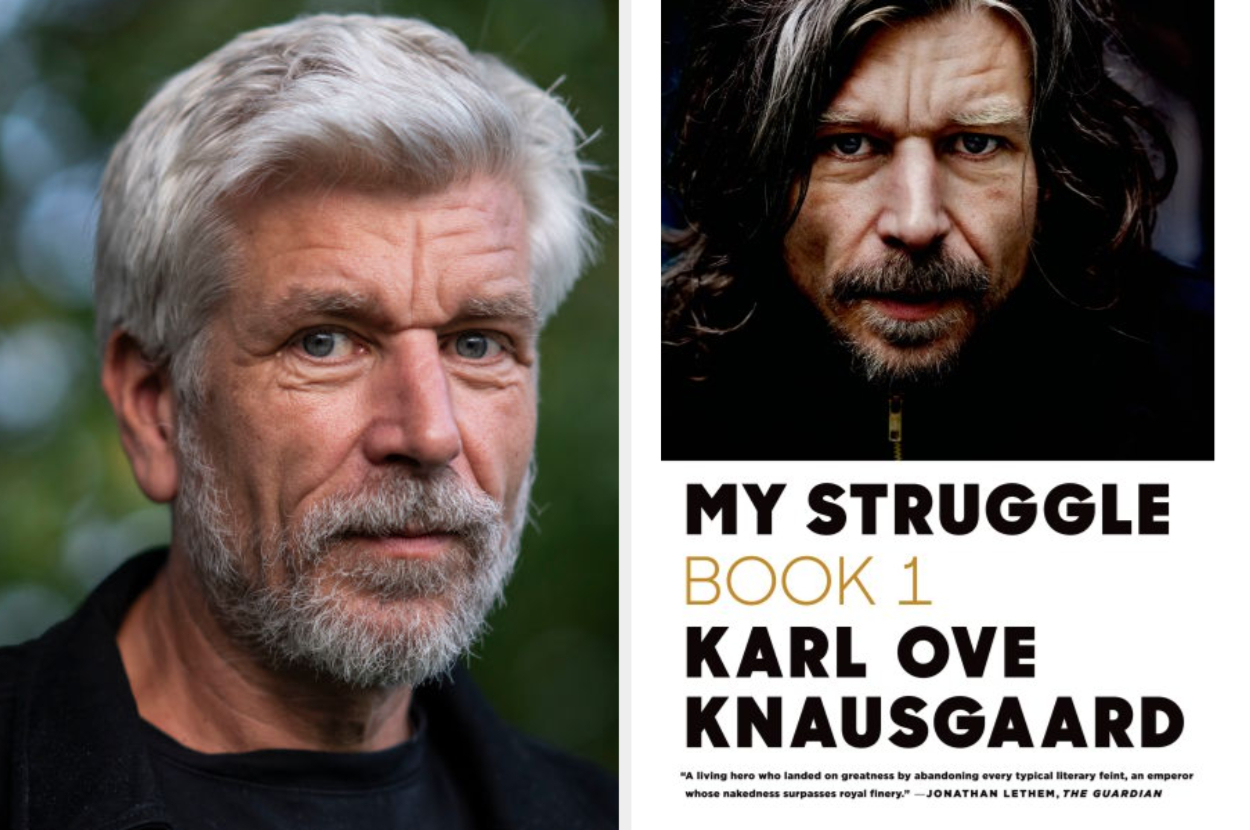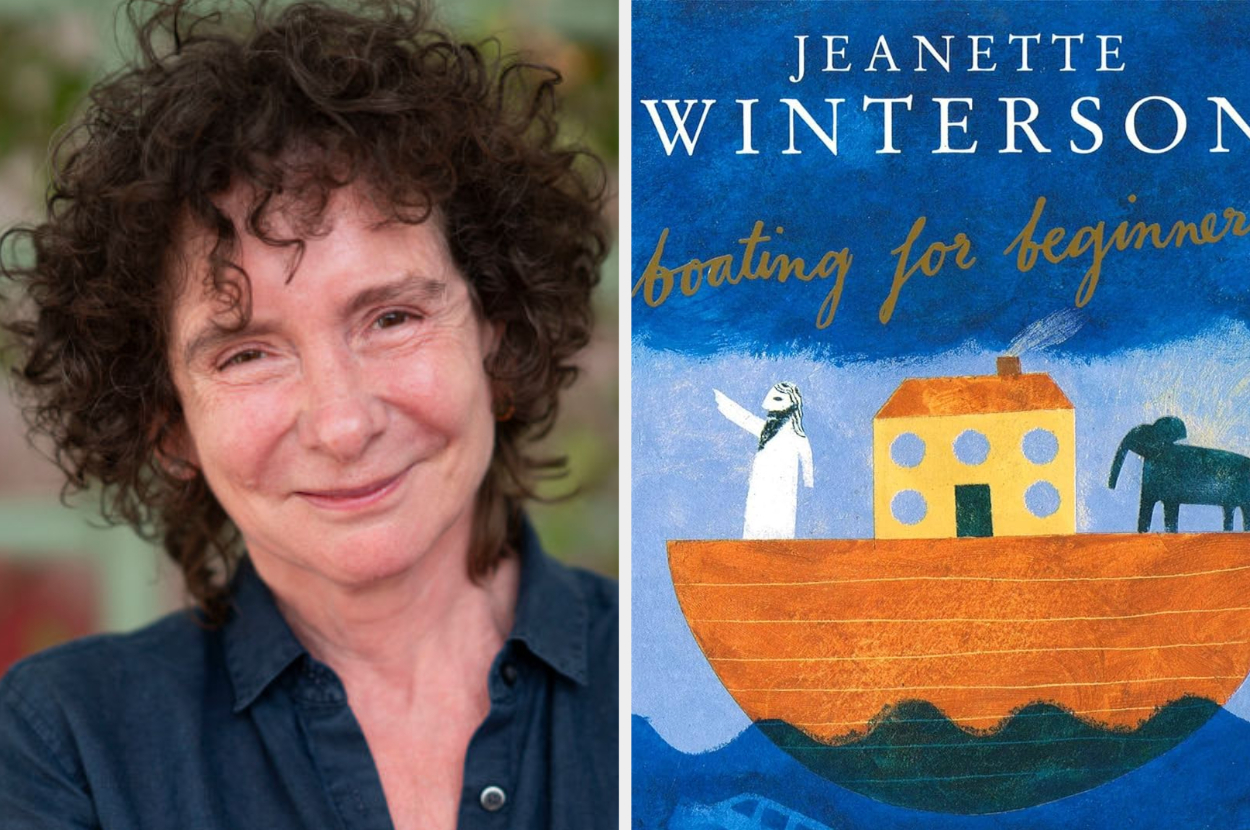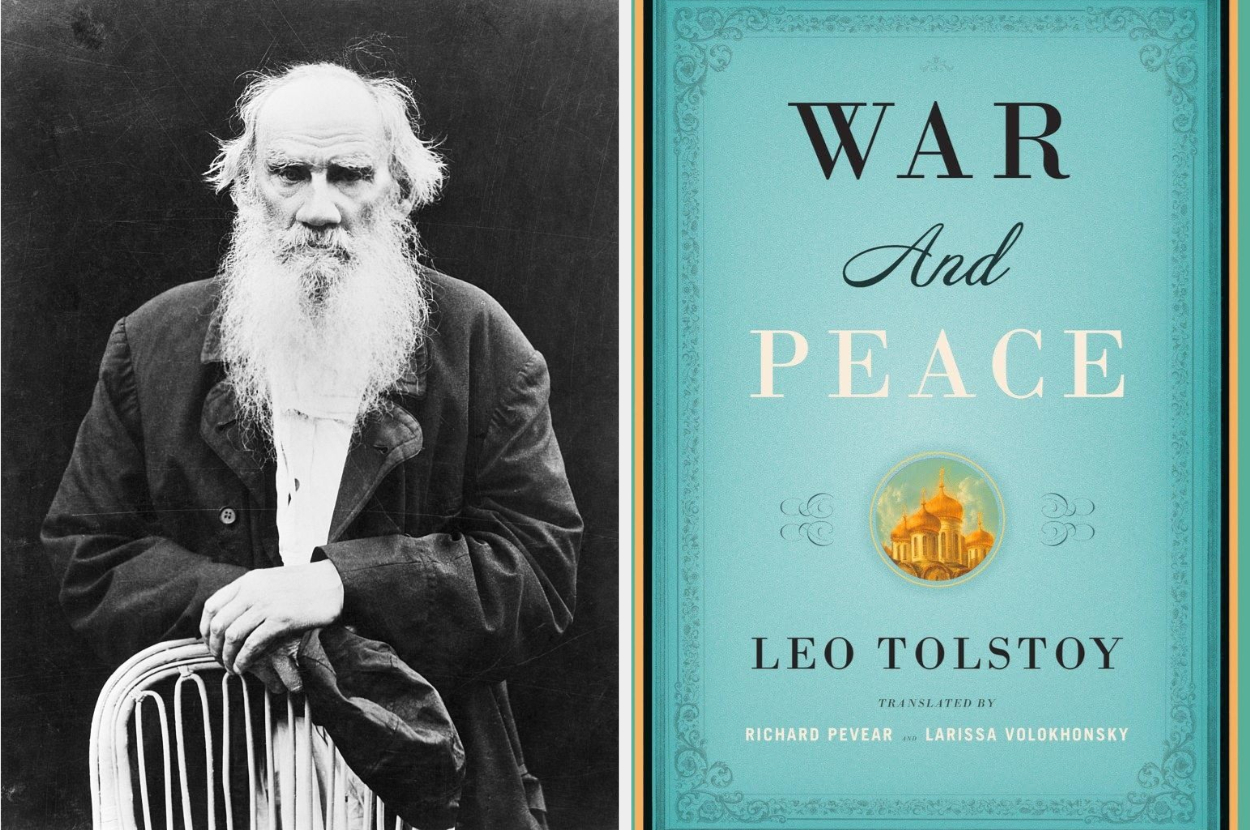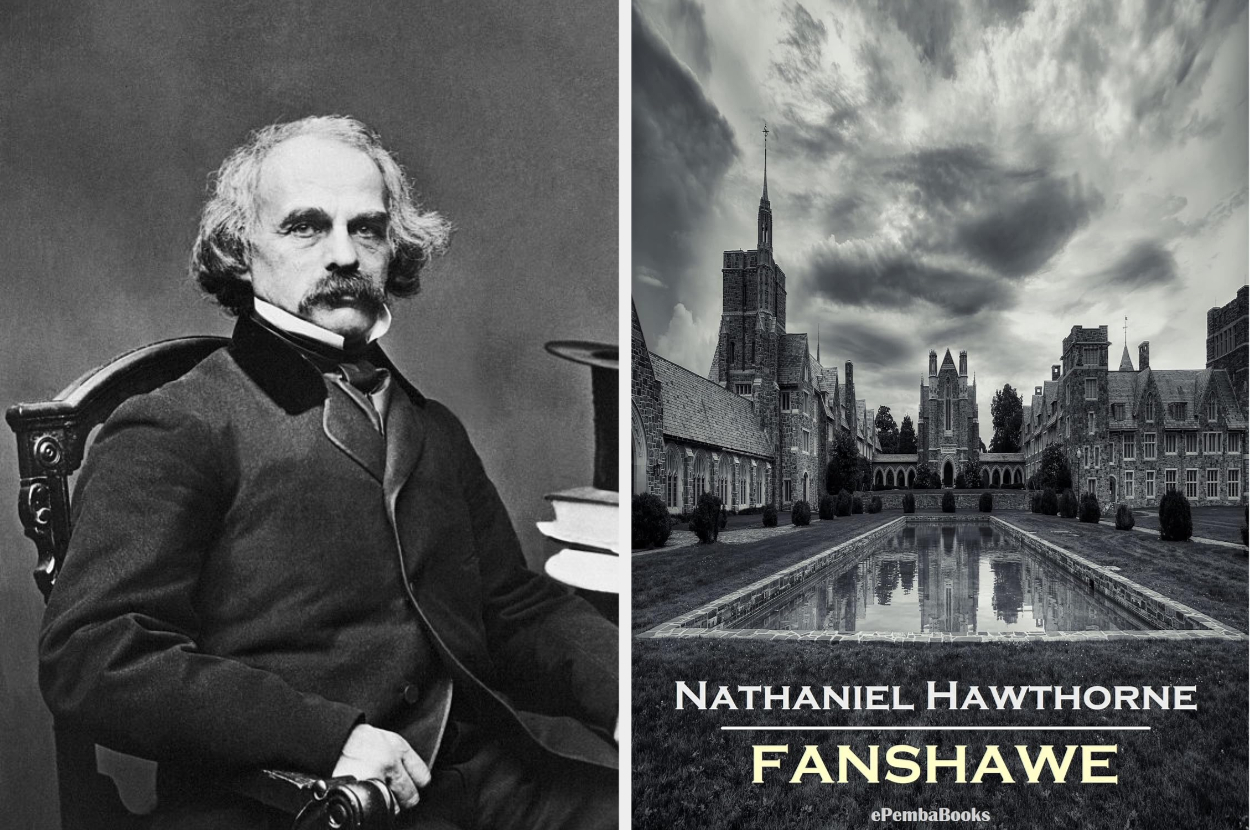The author of ' Little Women ' wrote in her journal that she " never liked miss or love many . "
We’ve recently written aboutinventors who regretted their inventions, as well asdirectors who cringed at (and even disowned)their own movies. So, we thought we’d share some examples of authors who grew to regret their own titles, too. Here are 23 examples:
1.Arthur Conan Doylegrew to hate Sherlock Holmes, eventually killing his beloved character off.
2.Kafkahated his own writingso much that it seems he wanted some of his books outright burned.
3.A.A. Milnecame to resentWinnie The Pooh, because it overshadowed his numerous plays and novels.
4.Ian Fleming didn’t like the one James Bond book written from a woman’s perspective instead of the spy’s (The Spy Who Loved Me).
5.Anthony Burgess calledhis most famous book,A Clockwork Orange, “a novel [he was] prepared to repudiate” and “ajeu d’espritknocked off for money in three weeks.”
6.Octavia Butlerwouldn’t letSurvivorbe reprinted, saying it feels like “really offensive garbage” and accusing it of being full of sci-fi clichés.
7.Annie Proulx wroteBrokeback Mountain, had her letterbox flooded with fanfic and alternate endings, and started to regret putting it out there in the first place.
8.Louisa May Alcott wrotethat she “Never liked girls or knew many except my sisters” in her diary when asked to writeLittle Women.
9.Agatha Christiegrew sick and tired of Hercule Poirot, killing him off in the ’70s.
10.Peter Benchley, who wroteJaws,regretted the fear of sharks the novel(and subsequent movie) instilled in a lot of readers and viewers.
11.Lewis Carrol was another victim of his own success:he hated being recognisedas the author ofAlice’s Adventures in Wonderland.
12.P.L. Travers wished her book,Mary Poppins,had never been adaptedinto a film.
13.Harlan Ellisonasked his wife to burnall unpublished copies of his finalDangerous Visionsanthology.
14.Stephen King regretted writingRage, a story he penned under the pseudonym Richard Brachman,after the book became associatedwith a series of school shootings. King then took the book out of print. The story focused on a student who brought a gun to class.
15.J.G. Bellard, who wroteCrash,disownedThe Wind From Nowhere,calling it “a piece of hack work.”
16.Alan Moore doesn’t regret writingV for VendettaorWatchmen,buthe DOES regret pairingwith DC Comics to get them published.
17.In his collection of essays,Palm Sunday,Kurt Vonnegut gaveSlapstickapitiful “D” grade.
18.Karl Ove Knausgaard sayshisMy Struggleseries ruined a lot of his relationships.
19.Jeanette WintersonsaysBoating For Beginnerswas a cash grab, adding that it might have marred her literary reputation.
20.Leo Tolstoy was pretty hard on his own work, includingWar and Peace.
21.Nathaniel Hawthorne’s sister says he burnedFanshaweand disowned it.
22.Henry James calledWashington Square"poorish."
23.William Powell asked forThe Anarchist Cookbook,which included instructions on how to create things like tear gas and silencers, to be taken out of print.
